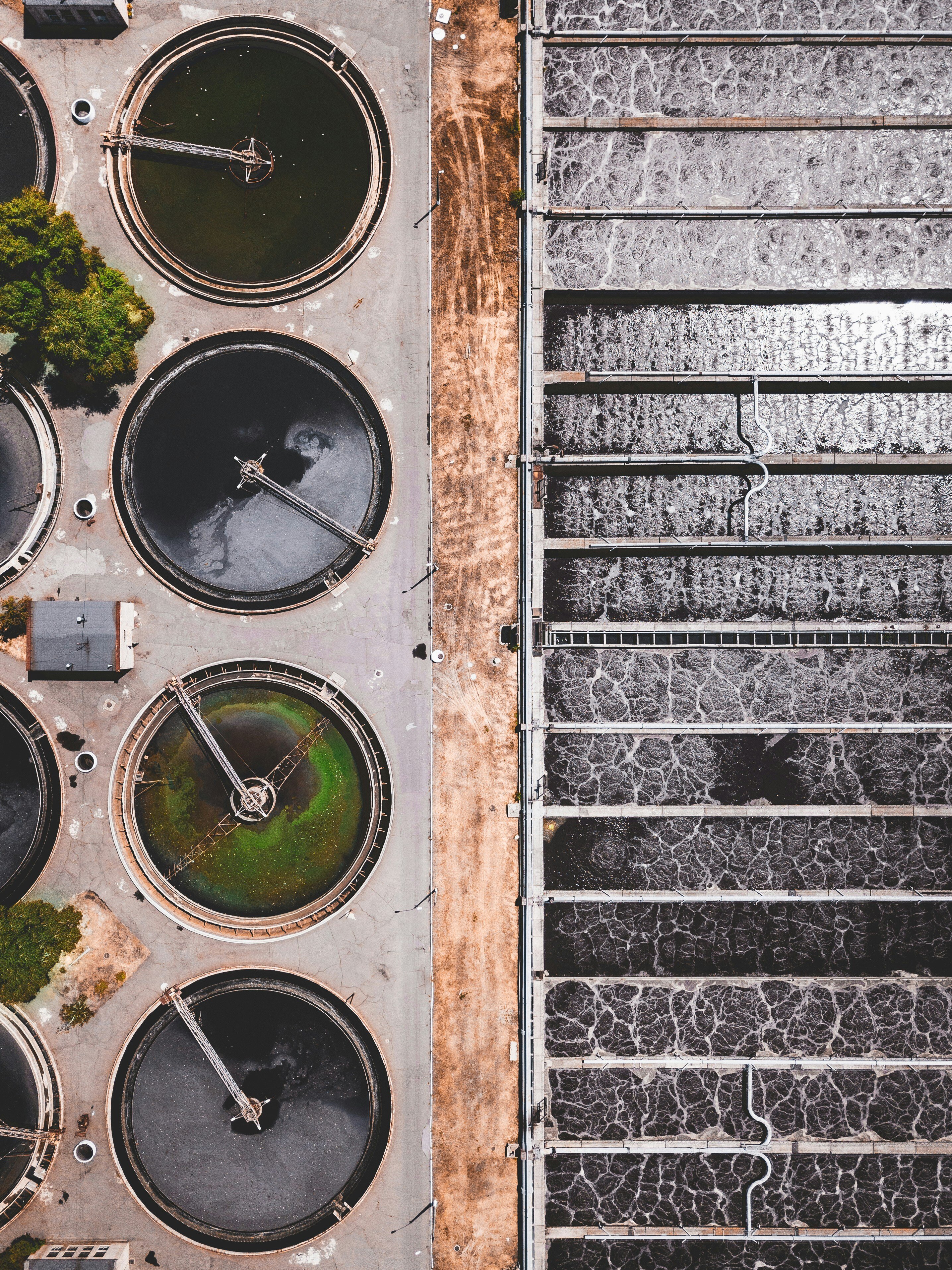Next-generation dosing control a game changer for wastewater network management

Wastewater networks across Australia have an estimated value of $100 billion, representing 70% of wastewater service infrastructure. In a bid to reduce odour and corrosion issues, researchers have developed a next-generation chemical dosing control method.
Conducted through the Australian Research Council (ARC) linkage project scheme, the method is built upon 10 years of research and funded by ARC and 17 Australian water industry partners, including Urban Utilities, City of Gold Coast, SA Water and The University of Queensland (UQ).
University of Queensland Australian Centre for Water and Environmental Biotechnology Research Fellow Dr Juiling Li said the method is a crucial step towards more efficiently and effectively managing corrosion issues in Australian wastewater networks.
“Sewer systems are critical urban infrastructure for public health and sustainable development of our cities. Our sewer systems have an estimated asset value of $40 billion in Queensland, representing 70% of the total wastewater services infrastructure,” he said.
“Since these underground infrastructures are not easily accessible and expensive to replace, they require dedicated protection. And sewer protection mainly relies on reducing the hydrogen sulfide generated from sewage.
“Hydrogen sulfide is the primary cause of corrosion and odour issues, which are particularly severe in Australia due to the warm climate.”
Li said premature replacement or rehabilitation of damaged sewer infrastructure costs the Australian water sector hundreds of millions of dollars annually, with this cost capable of doubling if hydrogen sulfide is not effectively controlled in sewers.
“Water utilities have to undertake frequent inspections and maintenance, forcing operators to work in hazardous environments, adding a burden to residential water bills. Also, hydrogen sulfide released into the atmosphere causes foul odours and toxins,” he said.
“Therefore, controlling the corrosion and odour problems in sewer networks is critical for water management and also for protecting human health and the environment.”
Innovation journey
In 2013, UQ researchers developed the first generation of control methods for chemical dosing for sulfide control in sewers, Li said, but the method was only applicable to a single pipe. As the research journey continued alongside industry, the project has achieved numerous successes.
“While the first-generation research was published in the early 2010s, the sewer study actually started about two decades ago at UQ’s Australian Centre for Water and Environmental Biotechnology (ACWEB),” he said.
“ACWEB has long standing partnerships with the water sector and other research collaborators.
We have delivered highly beneficial solutions to hydrogen sulfide management in sewers, leading to savings by the Australian water industry in the order of $400 million to date.”
Within this project – the Sewer Corrosion and Odour Research Project (SCORe) – online control algorithms have been developed for single sewer pipes in rising mains or gravity sewers, and successfully demonstrated through real-life case studies, Li said.
“Sulfide production in the pipe is predicted using autoregressive models based on current flow measurements, which in turn can be used to determine the dose of ferrous salt required for cost-effective sulfide control,” he said.
“In the real-life case studies, 15-45% savings in chemical consumption were achieved.
“The fundamental new knowledge generated has also identified excellent new opportunities for us to achieve even more cost-effective, network-wide management of hydrogen sulfide problems.”
Next gen
The first generation algorithm was a fundamental methodology, Li said, and sewer corrosion and odour problems are rarely limited to a single pipe, but typically distributed across a network of many interconnected pipes and pumping stations.
“Recently, our UQ sewer research team collaborated with Urban Utilities, City of Gold Coast and SA Water, developed the new generation of control algorithm, which is applicable to a network rather than a single pipe,” he said.
“The method controls the flows of sewage streams containing the dosed chemical to ensure desirable distribution of the dosed chemical throughout the network.
“The new method ensures optimal delivery of dosed chemicals to realise network-wide mitigation of hydrogen sulfide.”
Vast improvements
In terms of how the next-generation dosing method improves on earlier efforts, Li said it vastly improves dosing effectiveness and efficiency, with chemical consumption reduced by 40~50%.
“Traditional methods comply with deterministic guidelines regardless of the state fluctuations in the network. This results in unsatisfactory control performance, often also with a great waste of chemicals,” he said.
“As sewer networks are distributed systems with long time delay, the impact of currently dosed chemicals at a selected pumping station on the controlled hotspots is not immediate, but at a future time. In the new method, chemical dosing is dynamically controlled rather than relying on predetermined profiles.”
Li said the innovative new control method involves the simultaneous manipulation of chemical dosing units and selected sewage pumping stations, and the benefits of utilising this new methodology are far reaching.
“Immediately, the adoption of the technologies in the water industry will substantially reduce operating costs, in particular by reducing chemical consumption for sulfide mitigation,” he said.
“Long-term benefits from preventing asset loss and reducing demand for maintenance will be realised through the mitigation of corrosion,” he said.
“This is significant in terms of workplace health and safety, as operator access to a sewer – an underground, confined space potentially with toxic gases – is dangerous and expensive.
“The reduction in chemical consumption, and cost for replacement and rehabilitation of sewer infrastructures will bring tremendous economic benefit to the water industry. Removing odour issues will improve the health and amenity of the region served by urban water utilities.”
This work of network-wide real-time control of sulfide is conducted through the collaboration between UQ ACWEB and industry partners including Urban Utilities, City of Gold Coast, and SA Water et al. This project is funded by these industry partners, Australian Research Council and UQ. The research team would like to thank Prof Zhiguo Yuan and Dr Keshab Sharma for their great leadership and dedication.

